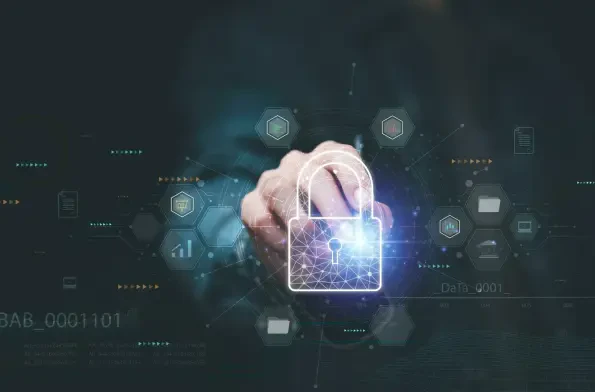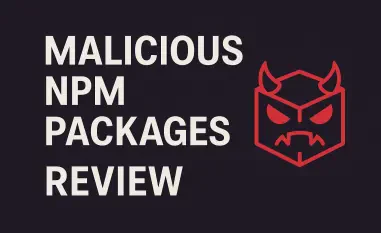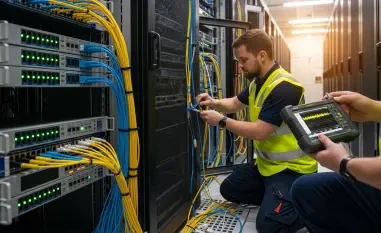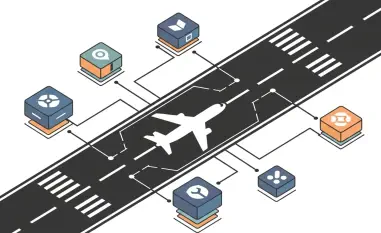In today’s interview, we have Malik Haidar, a distinguished cybersecurity expert renowned for his work in unraveling and countering cyber threats across major corporations. Malik’s expertise bridges the gap between technical cybersecurity measures and strategic business insights, making his viewpoint highly valuable in understanding recent cybersecurity events like the dismantling of a significant proxy botnet. In this conversation, Malik shares his insights on law enforcement operations, botnet functionalities, and actions individuals can take to protect themselves.
Can you provide an overview of the joint operation between Dutch and U.S. authorities to dismantle the criminal proxy network?
The joint operation from Dutch and U.S. agencies targeted a vast criminal proxy network comprising thousands of compromised IoT and end-of-life devices. This concerted effort involved seizing domains and disrupting a botnet that provided anonymity to cybercriminals. Collaborative initiatives like this are crucial because they not only tackle existing threats but also discourage future cybercrime by demonstrating a united front in law enforcement.
Who are the individuals charged by the U.S. Department of Justice in connection with the proxy network? Can you share details about their roles?
The U.S. Department of Justice charged several individuals, including Russian nationals and a Kazakhstani national, for their involvement. These individuals were key operators who maintained and profited from the sinister network. Their roles were instrumental in perpetuating the network, allowing it to function seamlessly for many years, and they financially benefited by selling proxy access to malicious actors globally.
How did the operators of the botnet profit from their activities, and what was the estimated financial gain?
The operators monetized their botnet by selling access through subscription-based services. Users paid fees ranging from .95 to 0 monthly, granting them access to compromised routers for anonymous online activities. Over time, these operations amassed an estimated profit exceeding million, illustrating both the scale and longevity of their operation.
What type of devices were primarily targeted to build this botnet network, and how were they infected?
Predominantly, the botnet targeted business and residential routers. These devices were hacked by exploiting known vulnerabilities, which allowed for the installation of malware without user knowledge. The illicit modification of these devices facilitated the creation of a covert network used by threat actors for various malicious purposes.
Could you explain the significance of TheMoon malware in this operation? How does it contribute to the botnet’s functionality?
TheMoon malware was a linchpin in this operation, acting as the initial infection vector. It’s adept at scanning for open ports and exploiting them to run scripts on vulnerable devices, requiring no password. This malware enabled the compromised devices to communicate with central command-and-control servers, thus facilitating the expansion of the botnet by spreading the infection to additional devices.
What actions have been taken to disrupt services like anyproxy.net and 5socks.net as part of Operation Moonlander?
Operation Moonlander was a significant effort focused on disabling the services provided by anyproxy.net and 5socks.net. Law enforcement agencies seized these domains, thereby disrupting the operators’ ability to offer proxy services. The takedown of these platforms played a crucial role in collapsing the underlying botnet infrastructure that served to anonymize various criminal activities.
How did the Internet Archive contribute to exposing the activities of 5socks.net?
The Internet Archive provided crucial insights into the operations of 5socks.net through its stored snapshots. These records revealed the offering of over 7,000 online proxies daily and highlighted the vast reach of their proxy services across numerous countries. This information was instrumental in understanding the network’s extent and operational methods.
What challenges do authorities face when dealing with botnets leveraging IoT and EoL devices for illicit activities?
Authorities face significant hurdles due to the sheer number and diversity of vulnerable IoT and EoL devices. These devices often lack robust security measures and are scattered globally, complicating efforts to secure them. The persistent market for such devices provides cybercriminals with a steady pool of targets, prolonging the fight against such threats.
How do threat actors use proxy services to carry out activities anonymously, and what types of cybercrimes have been associated with these services?
Proxy services are crucial for cybercriminals aiming to mask their activities, as they reroute their internet traffic through compromised devices, making it difficult to trace. Criminals use these services for a range of cyber activities including ad fraud, DDoS attacks, brute-force entry, and data exploitation, complicating detection efforts for cybersecurity personnel.
What are some examples of exploits used by the botnet operators against EoL devices?
Botnet operators often exploit outdated software with unpatched vulnerabilities, taking advantage of the lack of security updates in EoL devices. Such exploits often involve known security weaknesses that allow the installation of malware, converting these devices into unauthorized nodes within the botnet. This highlights the importance of routine security maintenance.
Can you describe the command-and-control (C2) infrastructure used by the botnet? How does it operate?
The botnet’s C2 infrastructure was hosted in Turkey, comprising servers tasked with managing infected devices. It operated via specific network ports, allowing seamless communication and instruction dissemination to infected routers. This infrastructure is the nerve center of any botnet, facilitating coordination amongst compromised nodes for executing cybercriminal activities.
What recommendations does the FBI provide for users to protect their routers from such attacks?
The FBI recommends several protective measures, such as frequently rebooting routers, staying updated with security patches, changing default passwords, and eventually upgrading to newer models once the devices reach end-of-life. These practices can significantly reduce vulnerability to botnet attacks by minimizing exposure and reinforcing device security.
How do proxy services complicate detection by network monitoring tools?
Proxy services mislead monitoring tools by obscuring the true origin of internet traffic. This cloaking effect allows malicious actors to conduct operations under the guise of legitimate traffic, eluding detection. As a result, network security systems face difficulties in distinguishing between genuine and suspicious activities, allowing cybercrime to thrive under the radar.
What steps can individuals and organizations take to reduce the risks posed by proxy botnets and malicious actors?
To mitigate risks, individuals and organizations should adopt a multifaceted cybersecurity approach. This includes regular updates and patches, disabling unnecessary services on devices, employing robust passwords, and conducting routine security audits. Raising awareness and educating users about security best practices can also play a pivotal role in preempting potential threats.
Do you have any advice for our readers?
Stay vigilant and proactive in your cybersecurity measures. Regularly educate yourself on emerging threats and adjust your security strategies accordingly. Remember, cyber threats evolve rapidly; staying a step ahead is crucial in protecting your personal and organizational data from being compromised.













